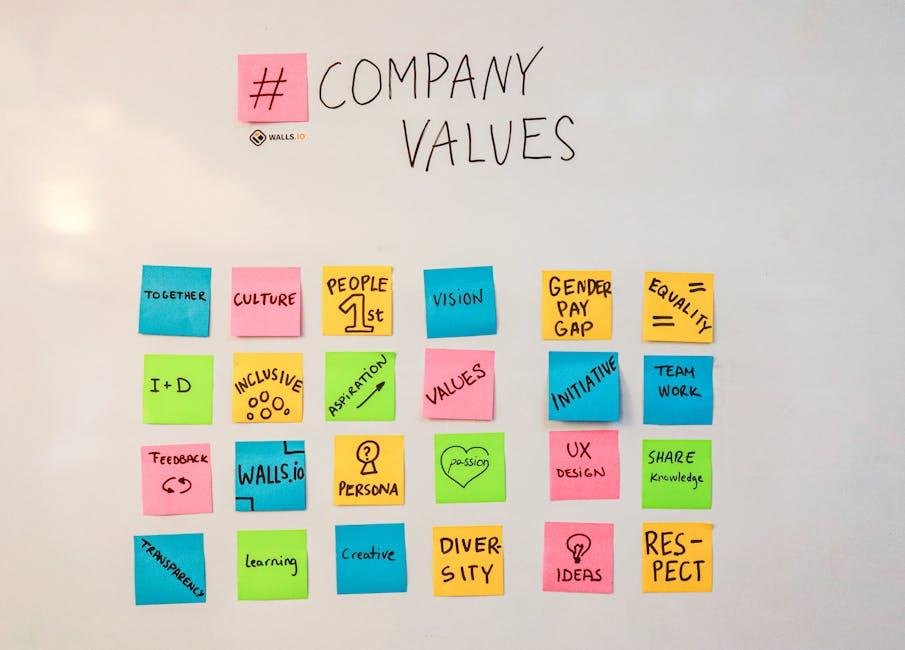In the realm of leadership, the ability to provide constructive feedback is paramount. It’s not merely about pointing out areas of improvement but about fostering growth, enhancing performance, and building trust within a team. Effective feedback can transform challenges into opportunities for development, leading to a more cohesive and productive work environment.
Understanding Constructive Feedback
Constructive feedback is a communication tool aimed at guiding individuals toward improved performance. Unlike general praise or criticism, it is specific, actionable, and delivered with the intent to support the recipient’s growth. The essence lies in focusing on behaviors and outcomes rather than personal attributes, ensuring the message is both clear and motivating.

Key Principles for Delivering Constructive Feedback
- Be Specific and Objective
Vague feedback can lead to confusion and defensiveness. Instead of saying, “Your work needs improvement,” specify the areas that require attention. For example, “I noticed several errors in the recent report. Let’s review the sections together to identify where improvements can be made.” This approach provides clarity and a path forward.
- Focus on Behavior, Not Personality
Critiquing a person’s character can be demoralizing. Instead, address specific behaviors. For instance, “During meetings, I’ve observed that you often interrupt others. Allowing colleagues to finish their points before responding can foster better communication.” This method encourages change without attacking the individual’s character.
- Balance Positive and Constructive Feedback
While it’s crucial to address areas needing improvement, acknowledging strengths can motivate individuals to continue their positive behaviors. A balanced approach might be, “Your recent presentation was well-organized and engaging. One area to enhance is the pacing; consider allowing more time for audience questions.”
- Encourage Self-Reflection
Inviting individuals to assess their own performance can lead to greater self-awareness and accountability. Questions like, “What strategies do you think could help improve your time management?” promote introspection and collaborative problem-solving.
- Offer Support and Resources
Feedback should not only highlight areas for improvement but also provide avenues for development. Suggesting resources, training, or mentorship can empower individuals to enhance their skills. For example, “To strengthen your leadership skills, consider enrolling in our upcoming management workshop.”
Practical Examples of Constructive Feedback
- Scenario 1: Missed Deadlines
“I’ve noticed that the last few project deadlines were not met. Let’s discuss any obstacles you’re facing and explore strategies to manage your time more effectively.”
- Scenario 2: Inconsistent Team Collaboration
“Your independent work is commendable; however, collaborating more with the team could lead to more innovative solutions. How can we facilitate better teamwork on upcoming projects?”
- Scenario 3: Lack of Initiative
“I’ve observed that you tend to wait for instructions rather than taking proactive steps. Identifying areas where you can take initiative could enhance your contributions. Let’s identify one project where you can lead the planning phase.”
The Impact of Constructive Feedback
When delivered effectively, constructive feedback can lead to numerous benefits:
- Enhanced Performance: Clear guidance helps individuals understand expectations and areas for improvement.
- Increased Engagement: Employees who receive regular, constructive feedback are more likely to feel valued and motivated.
- Stronger Relationships: Open communication fosters trust and respect between leaders and team members.
- Continuous Improvement: A culture of feedback encourages ongoing development and adaptability within the team.
Conclusion
Mastering the art of delivering constructive feedback is essential for effective leadership. By being specific, focusing on behaviors, balancing praise with critique, encouraging self-reflection, and offering support, leaders can foster an environment conducive to growth and collaboration. Remember, the goal is not just to correct but to guide individuals toward their full potential, ultimately leading to a more dynamic and successful team.

